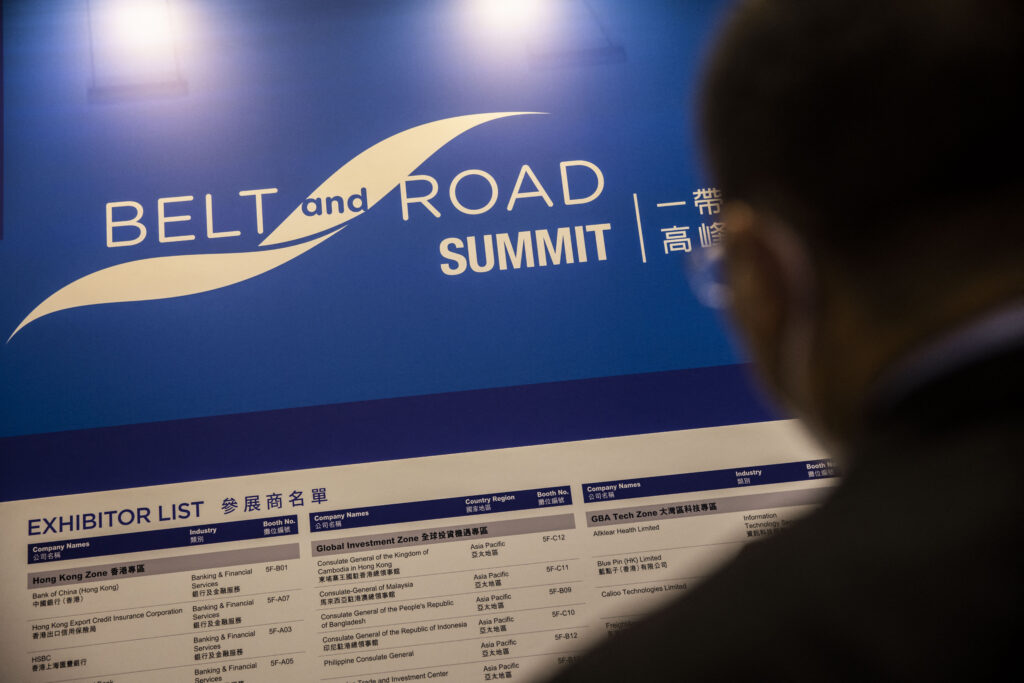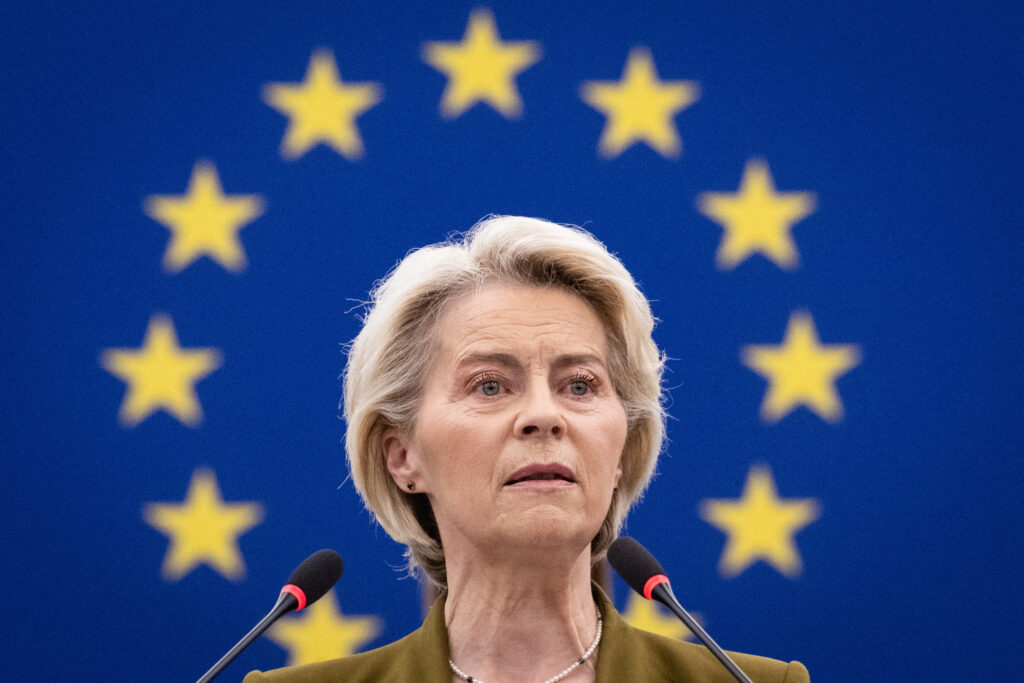For decades, the Middle East has been a stage for great power competition, with foreign actors competing for influence under the premise of “filling a vacuum”. In 2022, then-United States President Joe Biden, firmly stated while addressing an Arab-American summit in Jeddah that “we will not walk away and leave a vacuum to be filled by China, Russia, or Iran”. His remarks reaffirmed America’s commitment to maintaining its presence in the region through “active, principled leadership”. China, however, constructs a fundamentally different narrative. In a 2016 interview with Al-Jazeera, Foreign Minister Wang Yi said that the expression “to fill the vacuum” does not show enough respect for the right of the Middle East to decide its own future. “People in the Middle East are able to master their own destiny and come together to build a better region,” he insisted.
China’s diplomatic rhetoric has always reinforced its stated stance of non-interference and partnership over dominance. It makes people wonder whether China is not ready, politically and militarily, to fill the vacuum in the Middle East. But is the Middle East truly a perpetual vacuum, waiting for global powers to step in? The governments and people of the Middle East and North Africa are no strangers to external intervention. In the evolving rivalry between the USA, Russia, and China in the region, can they assert their agency in shaping their own future? “China, Russia, and the USA in the Middle East: The Contest for Supremacy” edited by Benjamin Houghton and Kasia A. Houghton, offers a scholarly and insightful exploration of this ongoing power struggle, while challenging readers to rethink the traditional narratives of foreign dominance and regional autonomy.
The volume is structured into three parts: “Building Blocks”, “Arenas of Competition and Cooperation”, and “Developments, Perspectives, and Reflections”. Each section provides in-depth insights into the historical context, current engagements, and future trajectories of the interactions between the global powers in the Middle East. A significant portion of its analysis focuses on China’s evolving role, highlighting its expanding economic, political, and potential security engagements in the region. As the shift in international relations towards multipolarity makes China’s role in the Middle East a novel and highly compelling subject for study, this review specifically examines how the book addresses the country’s increasing involvement in the region, and its implications for regional and global power structures.
In the first section, an introduction written by the two editors sets the stage by discussing the concept of great power competition in the Middle East. This is followed by a chapter that traces the involvement of external powers in the region from World War II to the era of Pax Americana, providing historical background for understanding contemporary dynamics. Here, the writer notes how China’s engagement with the region has transformed from its early revolutionary fervour to a more pragmatic and developmental approach. But he also tackles, albeit briefly, the limits of China’s influence, noting that its military and political engagements in the region remain relatively limited compared to those of other powers like the United States.
The second part, “Arenas of Competition and Cooperation”, comprises several chapters, each focusing on specific countries or issues within the Middle East. This section features several refreshing perspectives. For instance, one chapter examines the roles of the US, China, and Russia in Libya, exploring the complexities of their interactions, which are characterised by neither outright cooperation, nor competition. Referring to China’s role in the Libyan conflict since 2011, the author bluntly states that Beijing is a self-interested great power with no intent on genuinely managing the conflict. Another chapter explores the competition over norms through the lens of the Syrian conflict, shedding light on how these powers influence, and are influenced, by regional disputes. The writer not only evaluates the limits of actors like China and Russia in shaping Syria’s re-integration into the Arab world, but also delivers a sharp critique of the United Nations, arguing that its outdated state-centric approach, under the guise of “neutrality”, fails to effectively safeguard human security. In “Iraq amid Great Power Competition: A Case of Minimal Local Agency?” the writers posit a novel insight by arguing that Iraq was an inflection point for the great powers: The US declined, while China grew while its rival was distracted with the fight there.
Two articles on the Gulf Cooperation Council countries are worth noting. The first examines the evolving foreign policies of Saudi Arabia and the United Arab Emirates, focusing on their shift from traditionally defensive postures to a more proactive and interventionist approach in response to regional and global dynamics. This transition has been influenced by the Arab Spring, and a perceived reduction in US commitment to the region, leading both nations to diversify their strategic alignments by engaging with multiple powers, including Russia, and China. Compared to the other two strategically significant countries, China represents a more crucial economic partner. As the largest consumer of Gulf oil and a key trade and investment partner, China aligns with Saudi Arabian, and Emirati, visions for economic modernisation. Through initiatives like the Belt and Road Initiative and its facilitation of Saudi-Iran rapprochement in 2023, China has demonstrated growing political influence, although it has yet to challenge US military dominance in the region. The other piece, on the Saudi-led war in Yemen, portrays China as a calculated actor in the Middle East, leveraging its relationship with Riyadh to further its economic and geopolitical ambitions while maintaining a careful distance from direct involvement in Yemen’s political disputes. This strategy enables China to sustain strong ties with Gulf states, which are essential to its global initiatives, while avoiding the political and reputational risks associated with the region’s complex conflicts. What sets this analysis apart is its departure from the conventional “vacuum” mindset, emphasising how Riyadh has capitalised on the growing global demand for its oil to undermine the Biden White House’s efforts to cast it as a pariah by manipulating oil prices and developing closer ties to China and Russia.
The final section, “Developments, Perspectives, and Reflections”, addresses contemporary issues such as Middle Eastern responses to Russia’s invasion of Ukraine. One of the book’s most compelling chapters appears in this section: An analysis of the “authoritarian-illiberal dimension” of China’s relations with the GCC states. Here, the mutual emphasis on regime stability and non-interference creates a fertile ground for collaboration. The article explores how both China and the GCC states prioritise internal security over liberal democratic values, leading to implicit support for human rights abuses under the guise of non-intervention. This alignment has made China an increasingly attractive partner compared to Western nations, whose approaches are often tied to democratic and human rights principles. The author concludes that this facet of China-GCC relations is a crucial part of the puzzle of Sino-US competition in the Middle East, and that it is an area in which Washington will struggle to counter Chinese influence.
The volume is book-ended by insights into public perceptions of Washington, Moscow, and Beijing, providing a nuanced understanding of how local populations view these external actors, and the questions surrounding multipolarity and the Middle East, offering perspectives on the future of the region amid great power rivalry.
Overall, the book provides an insightful and comprehensive analysis of China’s growing footprint in the Middle East. It candidly addresses the limitations of China’s engagement in the Middle East. While Beijing’s economic presence is formidable, its military and political influence remain limited compared to the US’. For instance, China benefits from the existing US-led security architecture in the Gulf, which protects vital shipping lanes and energy infrastructure, without incurring the associated costs. However, the Saudi-Iran mediation demonstrates that China is gradually expanding its toolkit for regional influence. As Beijing continues to challenge the US-dominated order in the Middle East, the dynamics outlined in this volume offer valuable perspectives on the region’s evolving multipolar landscape. For readers interested in the intersection of great power competition and Middle Eastern geopolitics, this book is an essential resource.





